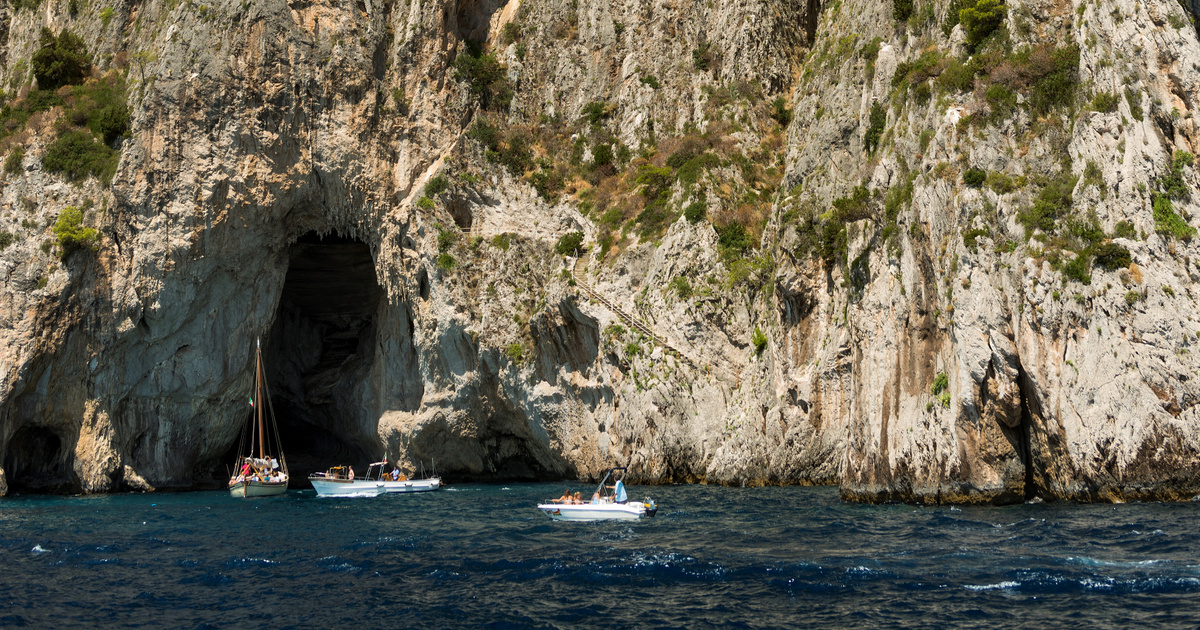Naples police and local archaeologists teamed up in November 2023 to map the seafloor in the Bay of Naples in order to bring to the surface objects that formed thousands of years ago — aiding the work of archaeologists and historians to learn about the area’s past. . However, why Capri Saint GermainIt was found near the Grotta Bianca (White Cave) in
The researchers lifted an object made of obsidian weighing about eight kilograms and measuring 28 x 20 x 15 centimeters from the water.
Cut marks and carvings on the relic made it clear that it had been modified by human hands – not nature – but they have yet to discover the exact purpose this supposedly valuable object could have served. However, what is even more interesting is that the relics discovered at a depth of 40 meters were probably transported by a Neolithic ship as cargo, but the shipwreck itself has not been found anywhere yet.
It will be an extraordinary discovery
As Mariano Nuzzo, Supervisor of Archaeology, Fine Arts and Landscape Conservation of the City of Naples, said in a statement, if the remains of a Neolithic ship were found in the area, it would be an amazing discovery in every sense of the word.
All this requires a comprehensive survey of the seabed, as no Neolithic structure remains have been found in the waters of the Mediterranean. There have already been examples of this on the European mainland or in freshwater lakes and rivers, but the Mediterranean has a pleasant temperature and salinity for the wood-eating mollusk, Teredo navalis. Thus sunken wooden ships in the Mediterranean serve as prey for these mollusks of all ages
Researcher Sandro Barocchi, who has also written books on ancient seafaring, told Newsweek.
According to the researcher, they could succeed off the coast of Capri, but only if the ship in question sinks into the sand faster than average, where it can remain protected. Boracchi believes that if the remains are found, they will belong to a canoe-like vessel carved from the trunk of a single large tree.
A rare, but inexplicable finding
Archaeologists have not yet been able to determine the exact purpose of the approximately eight kilogram remains, but it is clear that obsidian was often used to make sharp-edged tools, such as knives, axes and arrowheads, thanks to its hardness and ease of shaping. Properties. During the Neolithic, it was also widely traded in the Mediterranean and Middle East, so it could easily end up at the bottom of the sea, he writes. IFL Science.
Although the discovery of an obsidian object from this period is quite remarkable, it is not so surprising to find volcanic glass on the Mediterranean coast, as Mount Vesuvius, one of the largest volcanoes in Europe, is located nine kilometers from Naples. . Its most famous eruption in AD was in 79 AD when Mount Vesuvius spewed hot ash and volcanic rock over the cities of Pompeii and Herculaneum – and the rest is history.














































